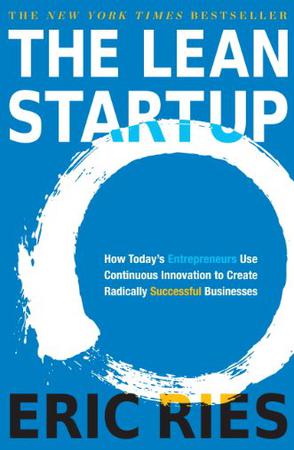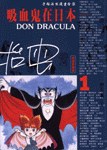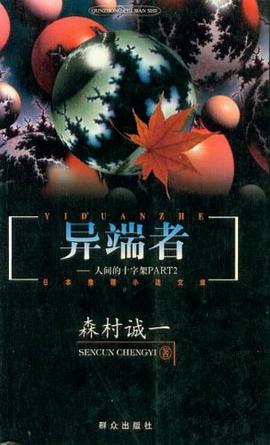The Lean Startup
内容简介
更多中文介绍:
Most startups fail. But many of those failures are preventable. The Lean Startup is a new approach being adopted across the globe, chan ging the way companies are built and new products are launched.
Eric Ries defines a startup as an organization dedicated to creating something new under conditions of extreme uncertainty . This is just as true for one person in a garage or a group of seasoned professionals in a Fortune 500 boardroom. What they have in common is a mission to penetrate that fog of uncertainty to discover a successful path to a sustainable business.
The Lean Startup approach fosters companies that are both more capital efficient and that leverage human creativity more effectively. Inspired by lessons from lean manufacturing, it relies on “validated learning,” rapid scientific experimentation, as well as a number of counter-intuitive practices that shorten product development cycles, measure actual progress without resorting to vanity metrics, and learn what customers really want. It enables a company to shift directions with agility, altering plans inch by inch, minute by minute.
Rather than wasting time creating elaborate business plans, The Lean Startup offers entrepreneurs - in companies of all sizes - a way to test their vision continuously, to adapt and adjust before it’s too late. Ries provides a scientific approach to creating and managing successful startups in a age when companies need to innovate more than ever.
......(更多)
作者简介
Eric Ries is an entrepreneur and author of the popular blog Startup Lessons Learned. He co-founded and served as CTO of IMVU, his third startup, and has had plenty of startup failures along the way. He is a frequent speaker at business events, has advised a number of startups, large companies, and venture capital firms on business and product strategy, and is an Entrepreneur-in-Residence at Harvard Business School. His Lean Startup methodology has been written about in the New York Times, the Wall Street Journal, the Harvard Business Review, the Huffington Post, and many blogs. He lives in San Francisco.
......(更多)
目录
Part I.Vision :Start
Define
Learn
Experiment
Part II.Steer :Leap
Test
Measure
Pivot (or persevere)
Part III.Accelerate :Batch
Grow
Adapt
Innovate
Epilogue :Waste not
Join the movement.
......(更多)
读书文摘
使用黏着式增长引擎需要吸引并长期保留顾客。 使用黏着式增长引擎的公司要非常仔细地追踪顾客损耗率,亦称流失率。(所谓流失率就是指在任意一段时间内,没有继续使用公司产品的那部分顾客占顾客总数的比率。) 控制黏着式增长引擎的规则很简单:如果取得新顾客的比率超过流失率,产品将会增长。增长的速度取决于“复合率”,其实就是自然增长率减去流失率。
......(更多)






